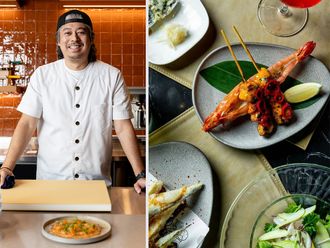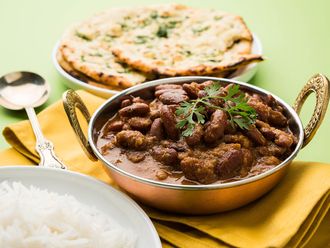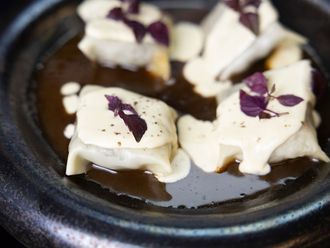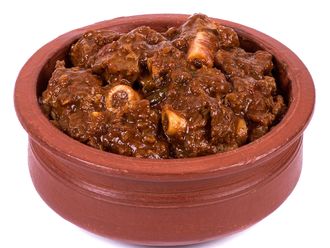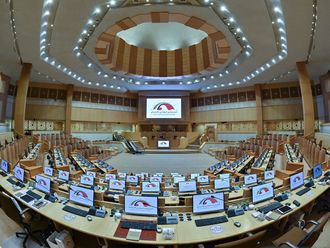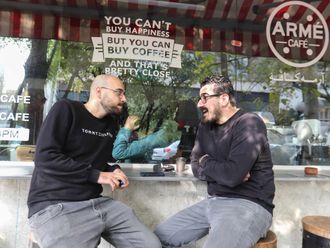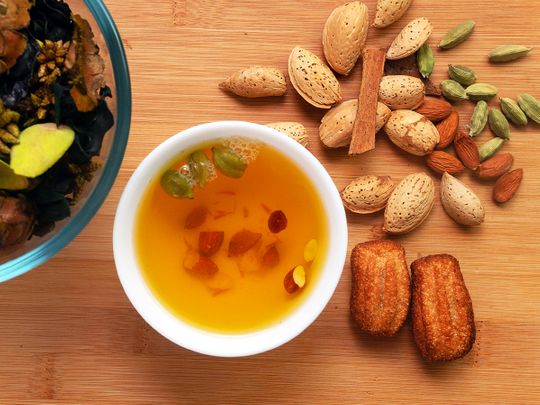
Kehwa is a popular drink in Kashmir usually served during family gatherings or poured for guests on special occasions. The exotic brew is topped with saffron and traditionally served in a Kashmiri version of a kettle, a brass vessel called a Samovar - in which whole spices, fresh nuts, dry fruit and saffron mingle in burbling goodness.
While there are several versions of the Kashmiri Kehwa, depending on the ingredients, the most popular ones contain just the right amount of saffron, cinnamon, cardamom and local cloves along with dried fruits like pistachios, walnuts, almonds, cashews and dried Kashmiri apricots.
This potent all-season drink, consumed more frequently during the colder months, packs a punch. Kehwa comes packed in fibre (owing to the dry fruits and saffron in it) and is considered a great source of antioxidants, especially polyphenols.
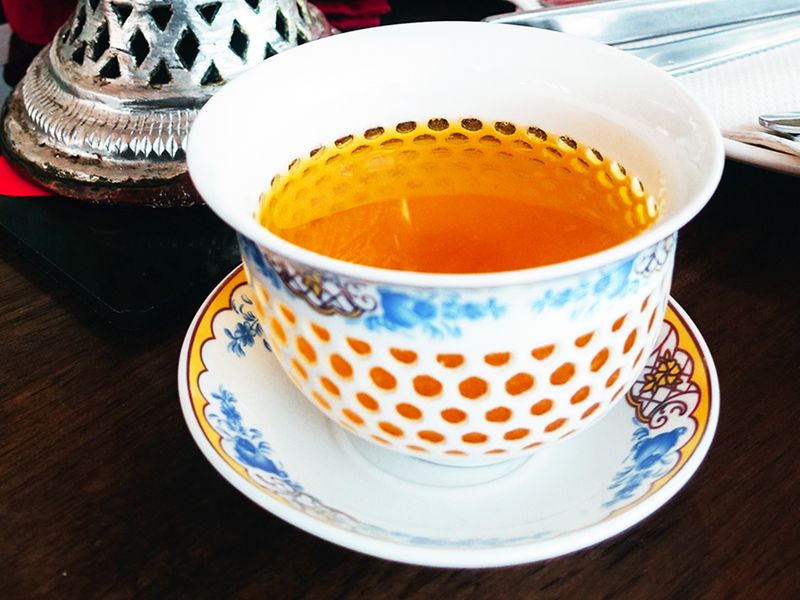
Regularly consuming polyphenols apparently boosts digestion and brain health. Dark chocolate, herbs, vegetables, fruits and tea are some of the best-known sources.
Considered good for improved blood flow, better digestive health and decreased oxidative damage, Kehwa is a staple in most family get-togethers, parties and weddings in Kashmir.
From gahwah to kehwa
The best quality Kehwa is light golden with an amber-like appearance. Apart from Kashmir, it consumed in parts of northern Pakistan and Afghanistan. Although Kashmiri Kehwa has distinctly Iranian origins, the word Kehwa itself seems to have come from the Arabic root word “gahwah” which means an aromatic beverage (some refer to it as coffee too).
Since times immemorial, Kehwa has been a preferred concoction of commoners and kings alike. It has been partaken in the homes of peasants as well as the palaces over the years.
One of the specialties of Kashmiri Kehwa is the special kettle – Samovar – in which it is traditionally served. With hand-engraved motifs that represent the cultural landscape of Kashmir, the copper vessel has two main chambers, the inner most of which contains hot coals that heat up the Samovar from the inside.
The mix of herbs and dry fruits and saffron and water organically come to the boil in the outer chamber of the vessel until the whole thing starts releasing a sweet aroma.
Once the all too familiar scent of rose petals and crushed almonds starts to fill the room, you know your Kashmiri Kehwa is ready to be served. A single Samovar (largish) can serve a gathering of more than 30 people.
Himalayan nectar
Kehwa, let it be noted, is neither tea not lemonade. It is Himalayan nectar. It is a brew sprinkled with lots of natural goodness. One feels levitated, somewhere above cloud nine after a few precious sips.
Often served with girdha – a traditional everyday Kashmiri flatbread with a distinct flavour – Kehwa can be savoured at any time of the day. Girdha is made with dough fermented overnight, and usually baked in a tandoor (oven) in the morning.
What lends the bread taste is that the dough is covered in melted local ghee. Crispy on top with fingertip indentations and white on the bottom, girdha has a unique taste that goes very well with Kehwa.
The last time I was in Kashmir, the place was littered with yellow flowers. There were plenty of butterflies. A summery breeze blew. While someone played Santoor (or was it an old transistor blaring in the distance), I was served a hot cup of Kehwa with a crisp girdha.
Eyeing my cup, I noticed that the Kehwa was subtly rouge, thanks to the precious strands of saffron that floated in its ripples. The Zabarwan mountain range in Srinagar - the capital of Kashmir - makes for a stunning backdrop and what better way to unwind other than to sit back and relish the appetising 'yellow as quince' Kehwa.
Share your favourite recipe with us at food@gulfnews.com



